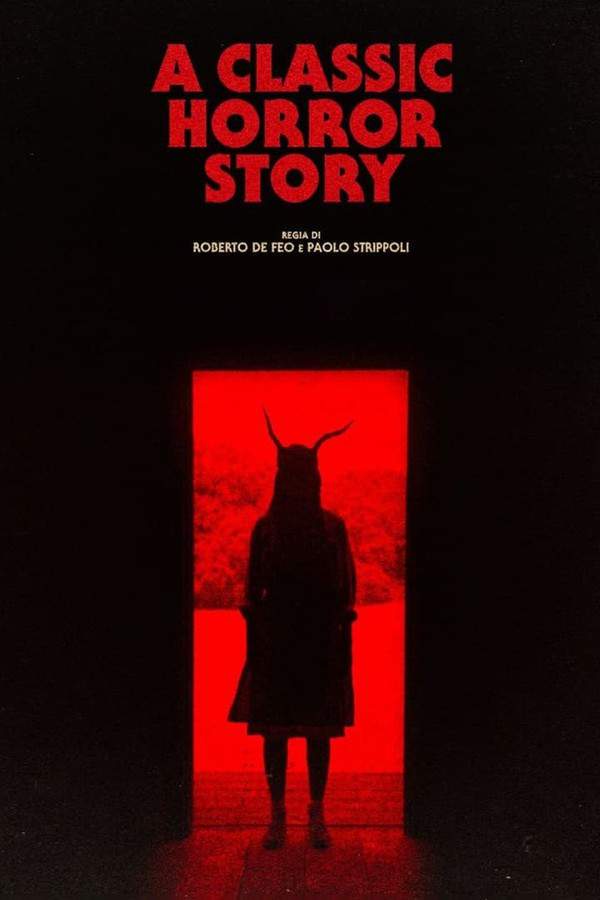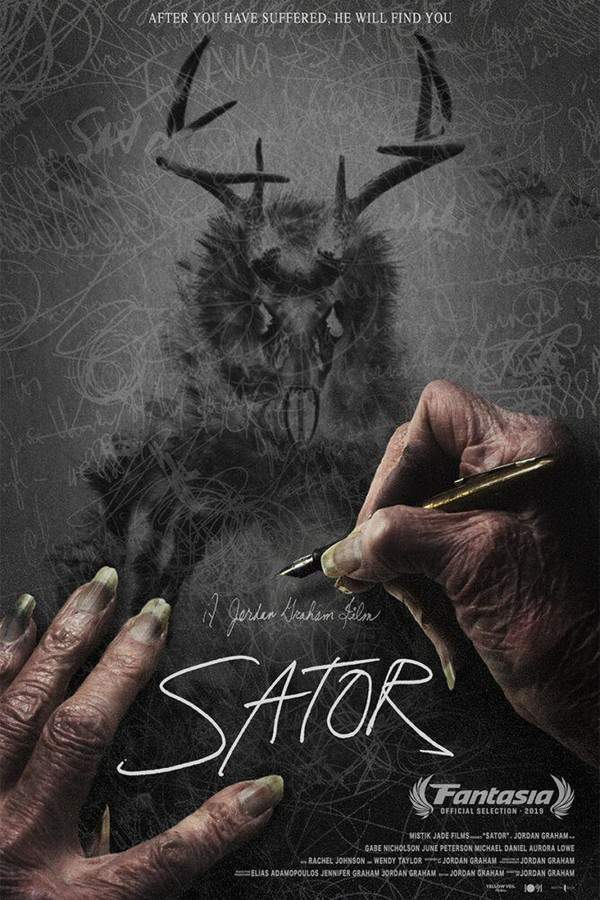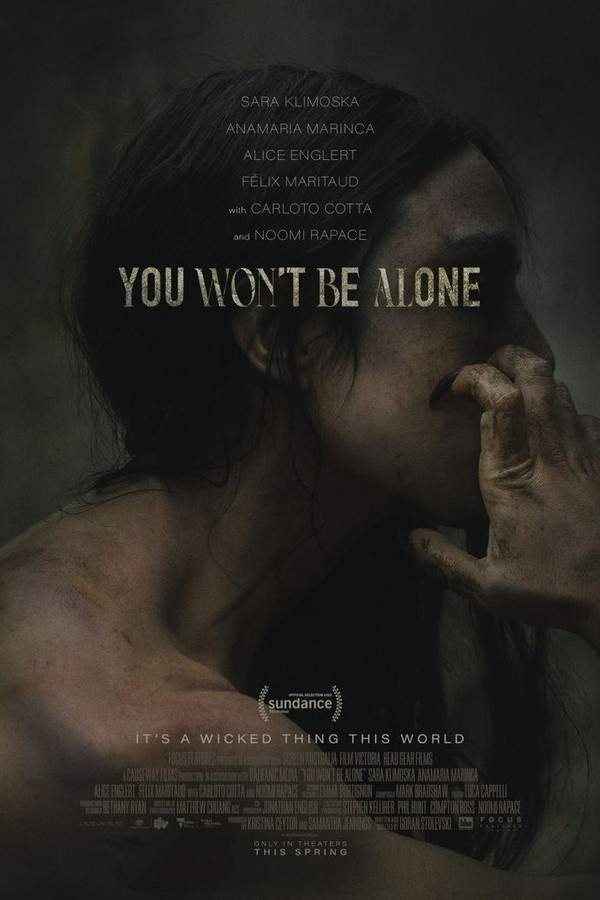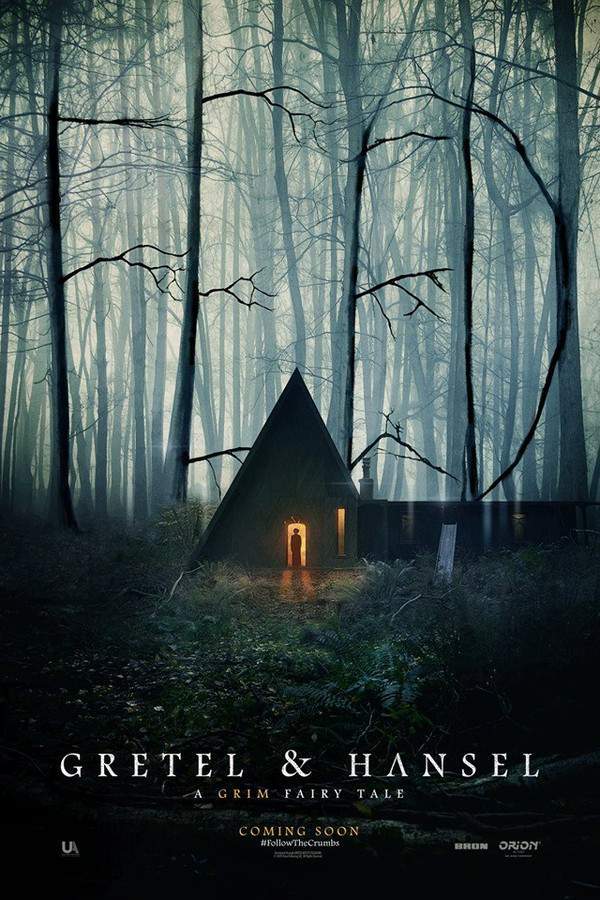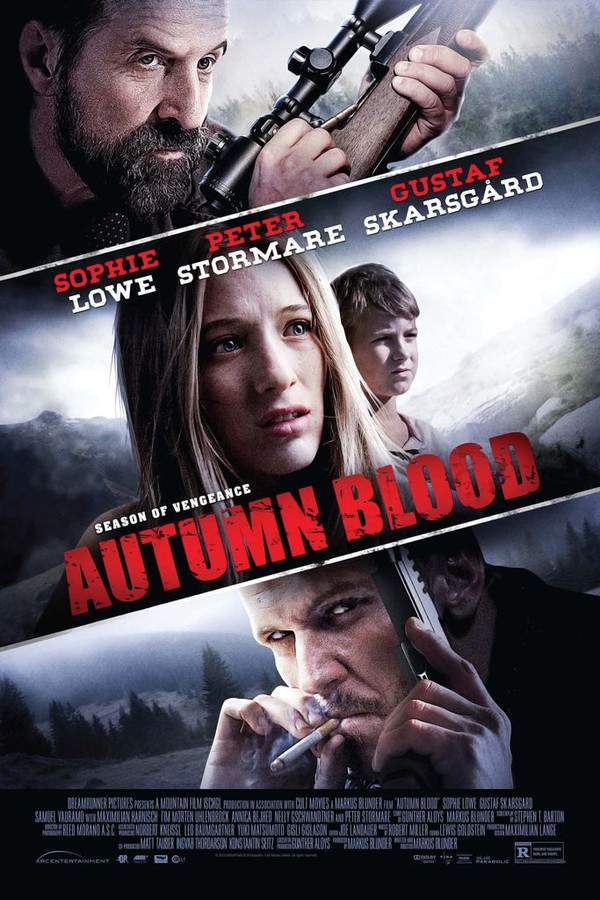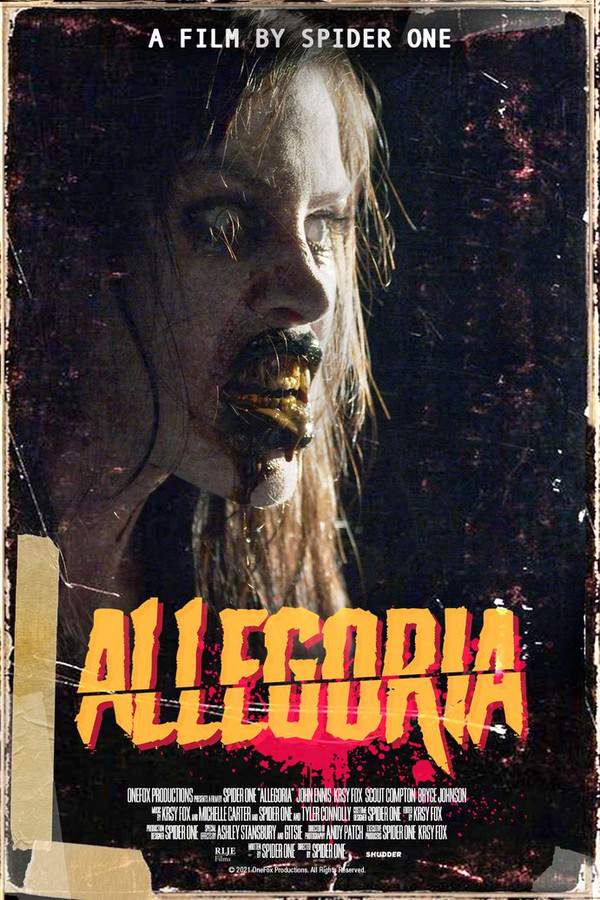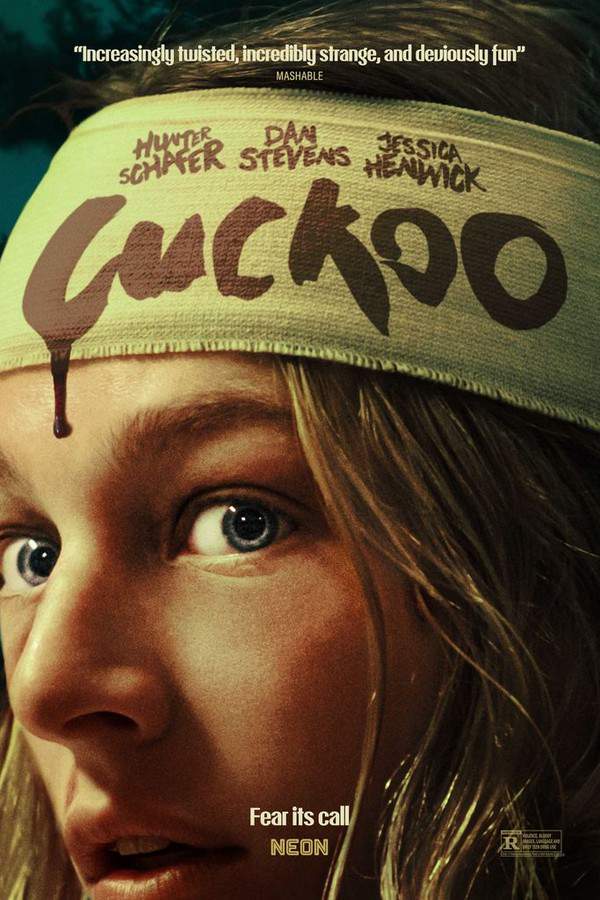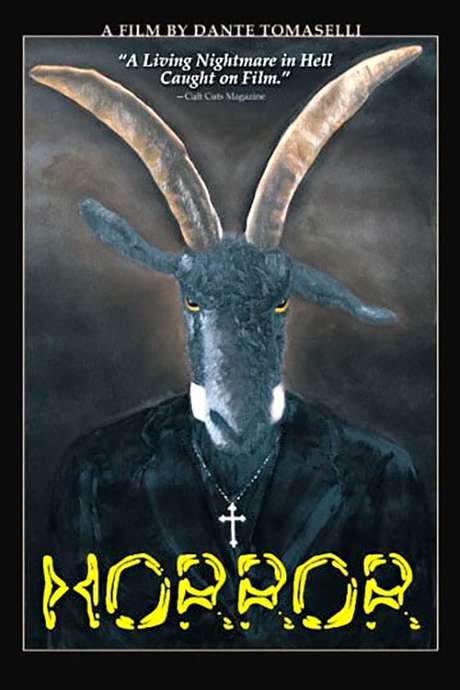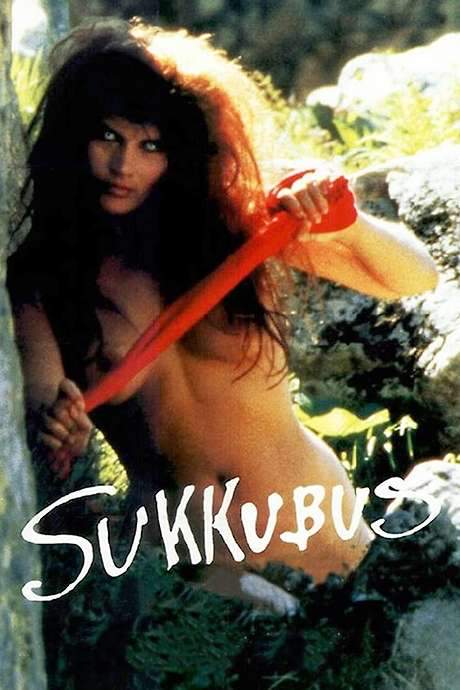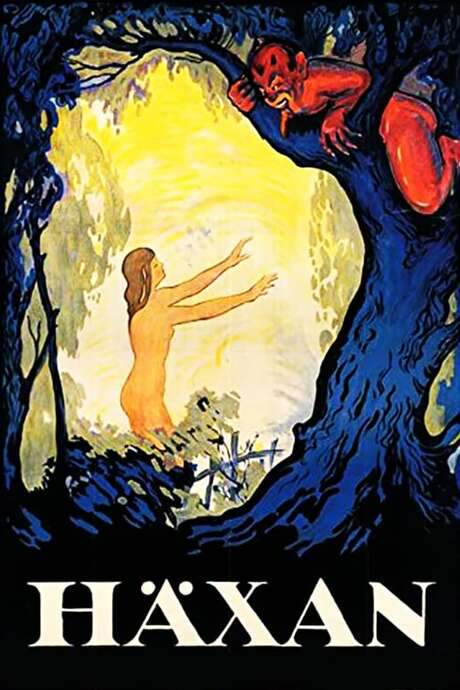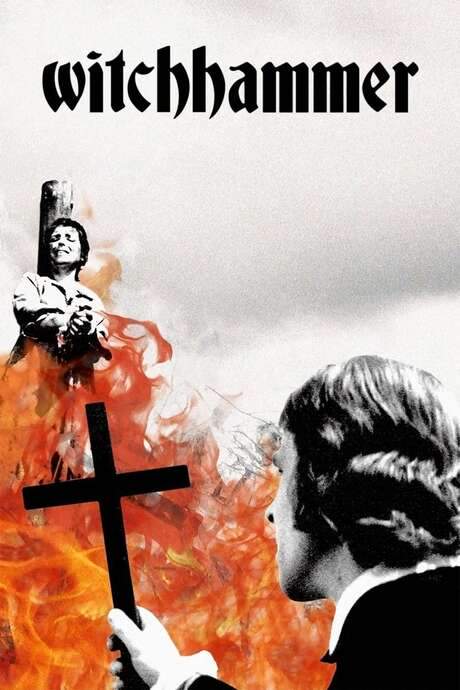Hagazussa 2019
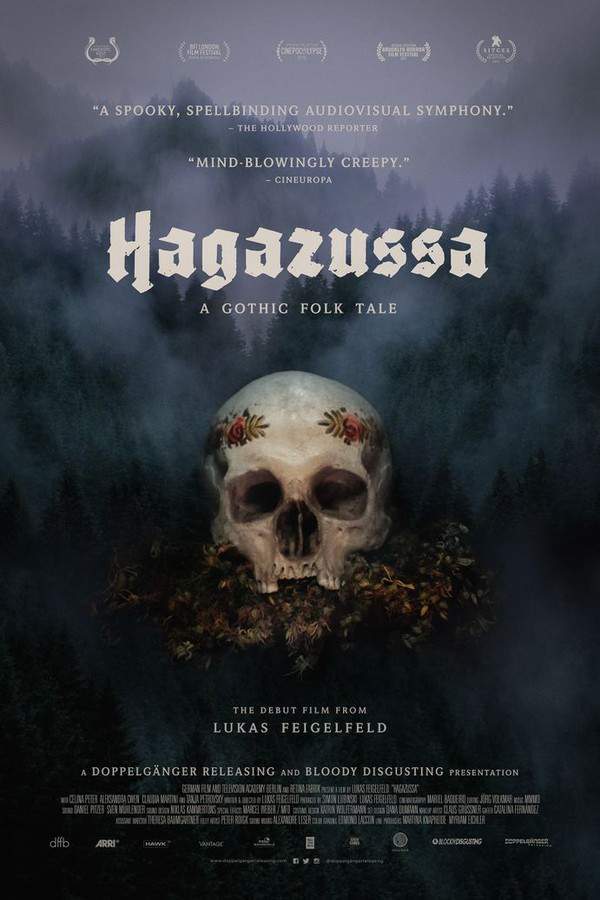
Set in 15th-century Austria, this dark legend follows Albrun, a young woman living in the Alps. Struggling to maintain her sanity, she finds herself caught between ancient folklore, deeply held beliefs, and the encroaching threat of madness. The harsh landscape and isolation exacerbate her struggles, blurring the line between reality and superstition as she battles to protect her mind.
Does Hagazussa have end credit scenes?
No!
Hagazussa does not have end credit scenes. You can leave when the credits roll.
Meet the Full Cast and Actors of Hagazussa
Explore the complete cast of Hagazussa, including both lead and supporting actors. Learn who plays each character, discover their past roles and achievements, and find out what makes this ensemble cast stand out in the world of film and television.
External Links and Streaming Options
Discover where to watch Hagazussa online, including streaming platforms, rental options, and official sources. Compare reviews, ratings, and in-depth movie information across sites like IMDb, TMDb, Wikipedia or Rotten Tomatoes.
Ratings and Reviews for Hagazussa
See how Hagazussa is rated across major platforms like IMDb, Metacritic, and TMDb. Compare audience scores and critic reviews to understand where Hagazussa stands among top-rated movies in its genre.

The Movie Echo Score
Hagazussa presents a compelling visual and atmospheric experience that is often undermined by its deliberate pacing and opaque narrative. Critics praised its confident genre-bending direction, hallucinatory sequences, and evocative landscapes, while some viewers found the slow build insufficiently engaging. The film’s minimalist dialogue and shock moments divided opinion, with strong supporters valuing its ritualistic ambiance and detractors deeming it tedious. Overall, it leaves a polarizing but memorable impression.
The Movie Echo Score Breakdown for Hagazussa

Art & Craft
In terms of art and craft, Hagazussa excels through striking cinematography and purposeful production design. Reviewers highlighted the film’s minimalist framing, evocative alpine landscapes, and confident genre-bending direction reminiscent of avant-garde masters. The editing reinforces a hypnotic, slow-burn rhythm, though some found the pacing excessively languid. Altogether, the film’s visual and formal construction represents its most consistently praised quality.

Character & Emotion
When it comes to character and emotion, the performance by the lead actor is frequently noted as committed and nuanced. The portrayal of isolation and underlying dread conveys psychological complexity, supported by sparse but impactful interactions. However, some viewers struggled to connect emotionally due to minimal dialogue and ambiguous motivations. Ultimately, the film delivers a distinct, if somewhat distant, emotional register centered on its protagonist.

Story & Flow
In terms of story and flow, Hagazussa presents an original premise rooted in late medieval witchcraft themes but suffers from uneven pacing and narrative opacity. Critics recognized its hallucinatory sequences and thematic ambition, yet many found the progression glacial and the conclusion disorienting. The lack of clear plot guidance tests viewer patience despite occasional jolts of brutality. Net impression: inventive but challenging coherence and engagement.

Sensory Experience
With respect to sensory experience, the film’s visual style is universally praised for its haunting color palette and atmospheric cohesion. The sound design and intermittent musical cues establish an unsettling mood, although the repetitive, droning score drew criticism for hindering momentum. Visual and auditory elements combine to create an immersive ritualistic tone that elevates the film’s overall experiential impact.

Rewatch Factor
Regarding rewatch factor, Hagazussa’s slow-burn approach and elusive narrative limit its repeated appeal for general audiences. While its rich visual motifs and thematic depth may reward those who appreciate art-house horror, many viewers reported frustration with the extended pacing and ambiguity. Consequently, the film is likely to attract a niche audience rather than sustain broad replay value over time.

72
Metascore
4.6
User Score


93%
TOMATOMETER

52%
User Score

5.8 /10
IMDb Rating

57
%
User Score

2.25/5
From 4 fan ratings
Take the Ultimate Hagazussa Movie Quiz
Challenge your knowledge of Hagazussa with this fun and interactive movie quiz. Test yourself on key plot points, iconic characters, hidden details, and memorable moments to see how well you really know the film.
Hagazussa Quiz: Test your knowledge on the haunting narrative and themes of the 2019 film 'Hagazussa'.
What are the four distinct acts of 'Hagazussa' titled?
Shadows, Horn, Blood, Fire
Light, Dark, Fear, Flame
Shadows, Light, Silence, Fire
Horn, Blood, Flame, Ash
Show hint
Full Plot Summary and Ending Explained for Hagazussa
Read the complete plot summary of Hagazussa, including all major events, twists, and the full ending explained in detail. Explore key characters, themes, hidden meanings, and everything you need to understand the story from beginning to end.
The film unfolds across four distinct acts: “Shadows,” “Horn,” “Blood,” and “Fire,” represented in both the rune alphabet of the Elder Futhark and the modern Latin script.
SHADOWS: The story begins with a lonely young girl named Albrun, who resides with her goat-herding mother, played by Claudia Martini, in the breathtaking yet harsh landscape of 15th-century Austria. The mystery of her father’s identity looms over them. A warning from a traveler advises them to head back, fearing the wrath of the Perchta, a malevolent spirit. One fateful night, men disguised in goat skins and horns invade their cottage, accusing them of witchcraft and demanding they be burned alive. Shortly after, Albrun’s mother falls gravely ill and is seen by a doctor, portrayed by Thomas Petruo, and a nun, embodied by Judith Geerts, who despondently deem her beyond help. Left alone to care for her ailing mother, whose state quickly deteriorates physically and mentally, Albrun endures unimaginable trauma. The desperate woman ultimately flees into the unforgiving winter night, leading to Albrun discovering her mother’s lifeless body, surrounded by snakes, the next morning.
HORN: Fast forward fifteen years, and Albrun still inhabits the same isolated cottage, now as a mother to an infant girl, Baby Martha played by Gerdi Marlen Simonn. She faces the same hardships, tending to goats and enduring a perverse intimacy with them. Attempting to sell goat milk in town, she is met with rejection from superstitious townsfolk, who consider her an outcast. A few unruly boys torment her until a compassionate townswoman, Swinda, intervenes. Swinda informs Albrun of a visit from the local parson, Haymon Maria Buttinger, who wishes to share words of faith. During their meeting in the ossuary of the church, the parson hands Albrun a polished skull of her mother, declaring, “To strengthen the faith of a religious community, it requires all sacrilege be cleansed.” In a shocking turn of events, when Albrun attempts to nurse her daughter, she is met with refusal. A series of disturbing encounters lead Albrun to witness the duality of life, as Swinda shares haunting warnings about those without God. Soon after, Albrun becomes a victim of a brutal assault orchestrated by Swinda and a local man, leaving her in a state of fury and desperation. Enraged by the theft of her goats, she poisons the local water source, and later, in a moment of solitude, communes with her mother’s skull.
BLOOD: As Albrun walks through town with her child, she encounters a chilling sight: many corpses are being removed. Distressed, she wanders into the woods to consume a hallucinogenic mushroom, plunging her into a state of psychosis. In this disturbed state, she tragically leads her daughter to a stagnant pond, allowing the infant to drown as she sinks into the dark waters, an eerie calm enveloping her.
FIRE: In the depths of her cabin, Albrun awakens to find a snake slithering over her. Heeding the call of her mother, she approaches the fireplace, horror-stricken to discover her dead daughter—whom she had carried back home. Overwhelmed by grief, she drops the lifeless body into a bubbling soup and, with trembling hands, takes a bite from it, only to be struck with violent nausea. The haunting specters of her mushroom-induced psychosis return in full force, complete with visions of her mother and disturbing laughter reverberating through her mind. Shadows slither menacingly on the walls, compelling her to flee. As dawn breaks, Albrun—eyes clouded with despair—lies down on a scenic mountaintop, meeting her demise as her body ignites in flames under the rising sun.
Uncover the Details: Timeline, Characters, Themes, and Beyond!

Coming soon on iOS and Android
The Plot Explained Mobile App
From blockbusters to hidden gems — dive into movie stories anytime, anywhere. Save your favorites, discover plots faster, and never miss a twist again.
Sign up to be the first to know when we launch. Your email stays private — always.
Watch Trailers, Clips & Behind-the-Scenes for Hagazussa
Watch official trailers, exclusive clips, cast interviews, and behind-the-scenes footage from Hagazussa. Dive deeper into the making of the film, its standout moments, and key production insights.
Hagazussa Themes and Keywords
Discover the central themes, ideas, and keywords that define the movie’s story, tone, and message. Analyze the film’s deeper meanings, genre influences, and recurring concepts.

Unlock the World of Movies with Our Comprehensive Wiki
Dive into our Movie Wiki for in-depth film encyclopedia entries, including cast biographies, production trivia, plot synopses, behind-the-scenes facts, and thematic analyses. Whether you’re researching iconic directors, exploring genre histories, or discovering hidden easter eggs, our expertly curated movie database has everything you need to fuel your cinematic passion.

Similar Movies To Hagazussa You Should Know About
Browse a curated list of movies similar in genre, tone, characters, or story structure. Discover new titles like the one you're watching, perfect for fans of related plots, vibes, or cinematic styles.
Quick Links: Summary, Cast, Ratings, More

What's After the Movie?
Not sure whether to stay after the credits? Find out!
Explore Our Movie Platform
New Movie Releases (2025)
Famous Movie Actors
Top Film Production Studios
Movie Plot Summaries & Endings
Major Movie Awards & Winners
Best Concert Films & Music Documentaries
Movie Collections and Curated Lists
© 2025 What's After the Movie. All rights reserved.












